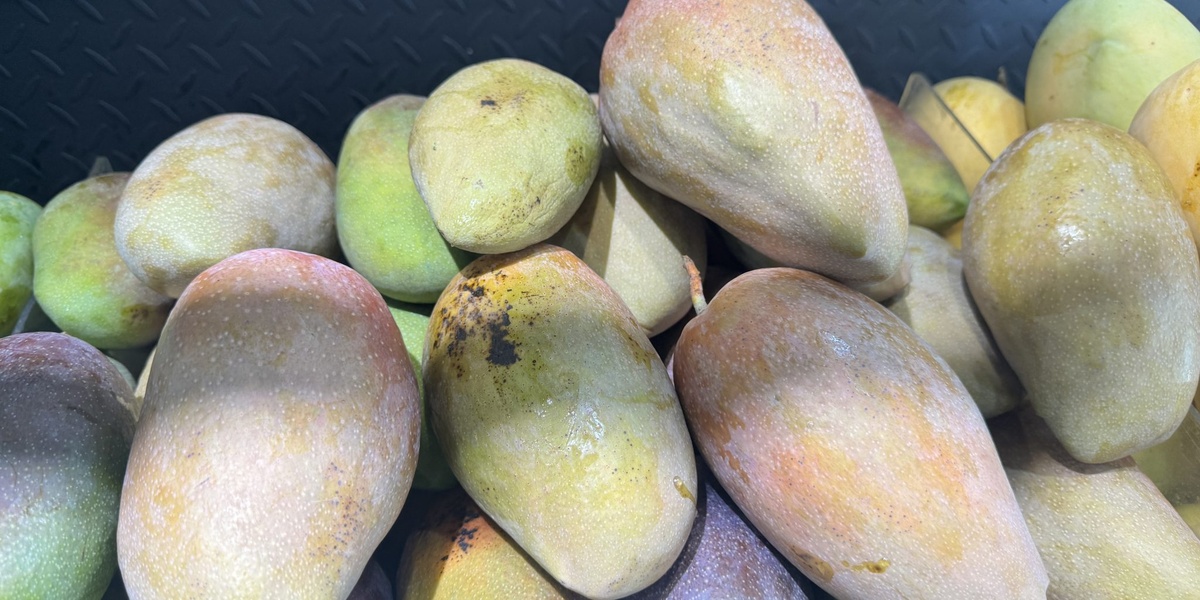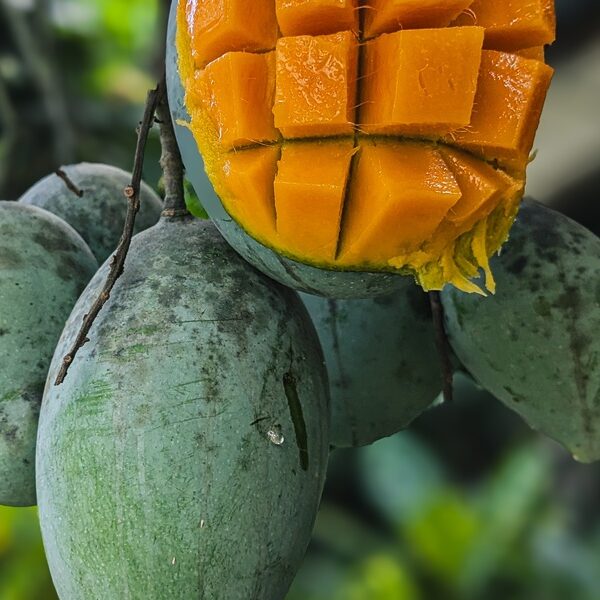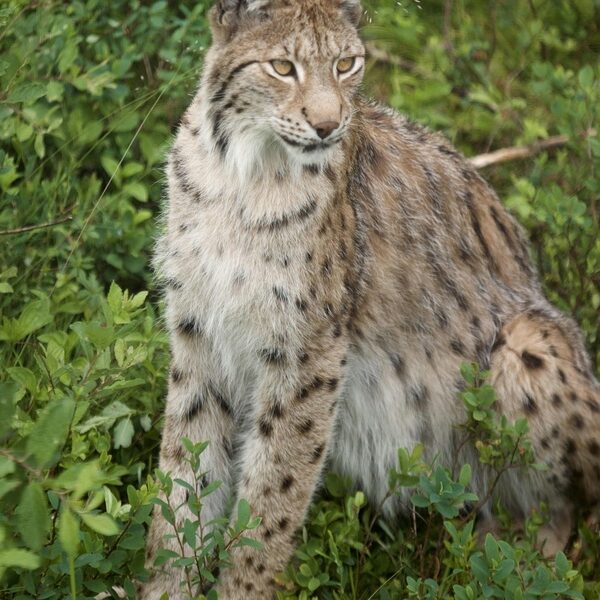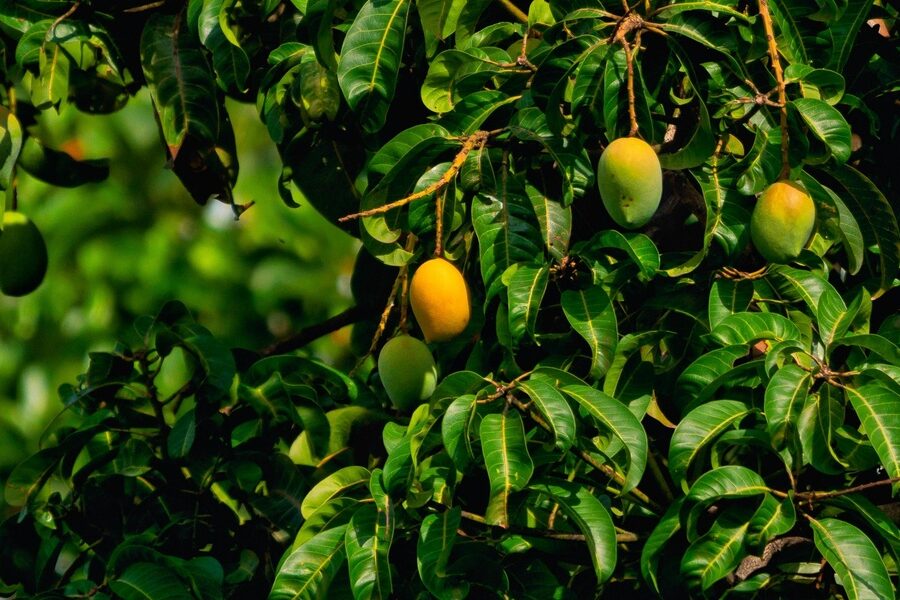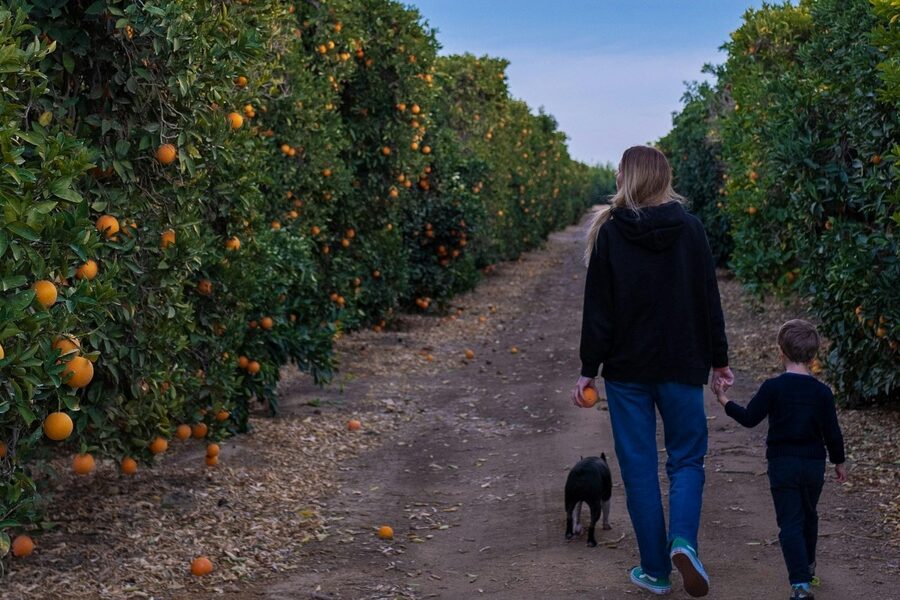Somalia’s long coastline, varied climates and market towns support a wide range of fresh fruit used in everyday cooking and sold in bustling souks. From coastal mango groves to inland fig and date trees, local growers and traders keep seasonal varieties moving through neighborhoods and markets.
There are 22 Fruits of Somalia, ranging from Avocado to Watermelon. Each entry lists Somali name,Scientific name,Season & region to help you identify and source them seasonally — you’ll find below.
How can I tell when a Somali fruit is ripe and in season?
Look for visual cues like color and firmness, smell for sweetness (many ripe tropical fruits are aromatic), and ask local vendors about peak months; seasonality can vary by region, which is why the Season & region column in the list is useful for timing purchases.
Where are the best places to buy or try these fruits?
Visit local markets (suuqs), roadside stalls and coastal town vendors for the freshest picks, or check specialty stores and diaspora markets abroad for imported items; the list below notes typical regions so you can target where each fruit is commonly found.
Fruits of Somalia
| Name | Somali name | Scientific name | Season & region |
|---|---|---|---|
| Date | Timir | Phoenix dactylifera | August-November; northern regions (Puntland, Somaliland) and riverine southern groves (Juba, Shabelle) |
| Banana | Moos | Musa spp. | Year-round with peaks Mar-June; Lower Shabelle, Banadir, Juba, coastal plantations |
| Mango | Cambe | Mangifera indica | May-August (main); southern regions (Lower/Middle Shabelle, Juba, Banadir) |
| Papaya (Pawpaw) | Babaay | Carica papaya | Year-round with peaks Mar-Sep; southern gardens and household plots (Banadir, Shabelle) |
| Orange (Sweet orange) | Liin macaan | Citrus ×sinensis | December-March; Lower Shabelle, Banadir, central market zones |
| Lemon | Liin | Citrus limon | Year-round with peaks Dec-Feb; household gardens and coastal areas |
| Lime | Liin dhanaan (often just liin) | Citrus aurantiifolia/Citrus latifolia | Year-round; coastal and riverine gardens (Banadir, Lower Shabelle) |
| Guava | Gawaabo / Guava | Psidium guajava | Year-round with peaks Feb-Sep; southern and central gardens (Banadir, Shabelle) |
| Watermelon | Qarbo (often simply “watermelon”) | Citrullus lanatus | March-September; southern plains and central irrigated areas |
| Melon (Cantaloupe/Musk melon) | Melon / Kharboozi | Cucumis melo | March-September; riverine and irrigated plots (Shabelle, Juba) |
| Avocado | Avokado | Persea americana | October-March; southern gardens and some coastal farms (Banadir, Juba) |
| Coconut | Qumbi / Qumbii | Cocos nucifera | Year-round; coastal areas (Banaadir, Puntland, Jubaland) |
| Baobab (fruit pulp) | Lulu-luub / Baobab (locally varied) | Adansonia digitata | Dry season peaks Dec-Mar; scattered in drylands and scrub (southern and central Somalia) |
| Tamarind | Tamarind / Ambriiv (loaned names common) | Tamarindus indica | Feb-Jun and Oct-Dec; coastal and riverine trees |
| Jujube (Indian jujube) | Ber / Nabag (local names vary) | Ziziphus mauritiana | June-August; arid and semi-arid areas (Puntland, central regions) |
| Prickly pear (Indian fig opuntia) | Barbari / Prickly pear | Opuntia ficus-indica | Sept-Nov and Mar-May; arid lowlands and coastal scrub |
| Pomegranate | Rumman | Punica granatum | Sept-Nov; household gardens in southern riverine areas (Shabelle, Juba) |
| Fig | Tin / Toon (loaned from Arabic “teen”) | Ficus carica | June-August; garden trees in southern and central towns |
| Grape | Canab / Grapes (loanword) | Vitis vinifera | July-September; small vineyards and garden trellises (Somaliland, central highlands) |
| Passionfruit | Passionfruit / Libaax (loanword in some locales) | Passiflora edulis | Aug-Dec; garden vines in southern and central cultivated plots |
| Carob (St. John’s bread) | Carob / Locally variable names | Ceratonia siliqua | Sept-Nov; scattered in dry gardens and hedgerows |
| Rose apple / Syzygium | Rose apple / Jambu (local names vary) | Syzygium jambos | June-October; occasional garden trees in southern towns |
Images and Descriptions
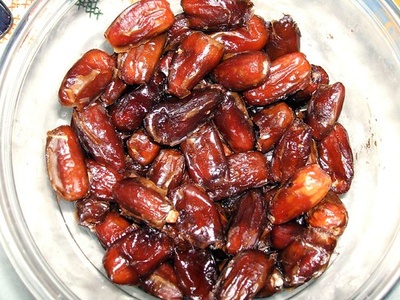
Date
Sweet, chewy fruit of the date palm popular across Somalia. Sold fresh or dried, central to hospitality and Ramadan; cultivated in oasis-like northern areas and in riverside southern plantations.
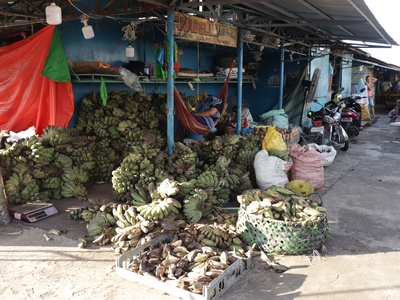
Banana
Soft, sweet fruit grown in riverine and coastal gardens. Eaten fresh, in breakfast porridge, or sold in markets; many local clonal varieties supply domestic consumption and nearby export markets.
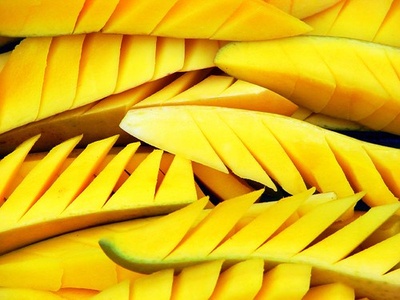
Mango
Fragrant, juicy stone fruit with sweet to tangy flesh. A summer favorite across Somalia—grown widely in southern riverine areas—eaten fresh, made into chutneys, juices, and dried for off-season use.
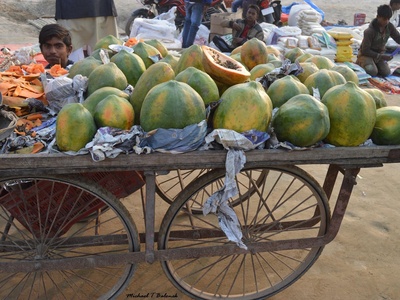
Papaya (Pawpaw)
Tropical, soft-fleshed fruit with musky sweetness. Common in home gardens and markets, eaten fresh, blended into drinks, or used in salads; trees fruit quickly and provide steady backyard yields.
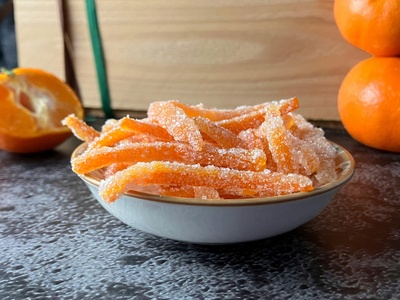
Orange (Sweet orange)
Bright, juicy citrus sold in markets and grown in small orchards. Consumed fresh, juiced, and used in festive meals; often called “liin macaan” (sweet lemon/orange) in Somali usage.
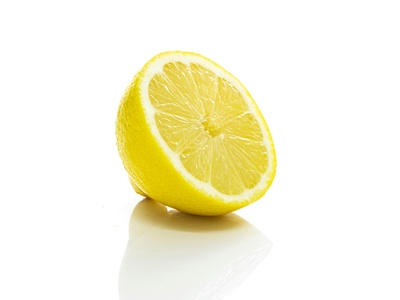
Lemon
Sharp, acidic citrus used widely for drinks, marinades, sauces, and as a table condiment. Small trees in yards or market plots supply continual harvests across regions.
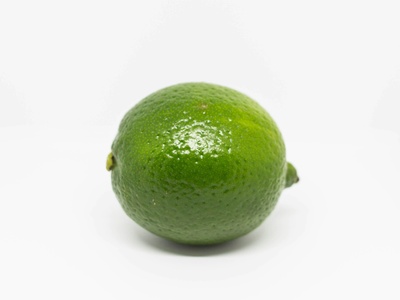
Lime
Small sour citrus used like lemon for seasoning, drinks, and preserving. Common in home gardens and market stalls; interchangeable with lemon in everyday Somali cooking.
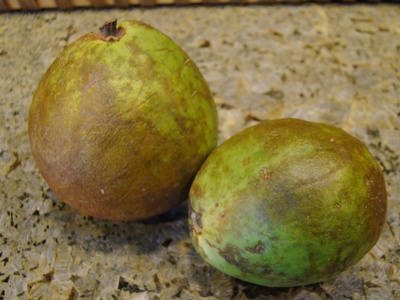
Guava
Aromatic, grainy-textured fruit with sweet-tart flavor. Grown in home gardens and roadside plots, eaten fresh, made into jams, or sold in local markets.
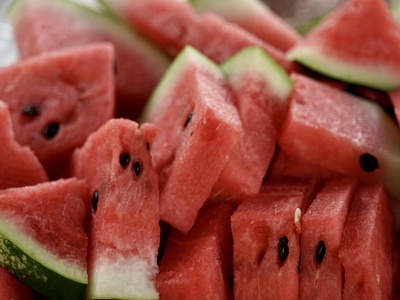
Watermelon
Large, refreshing melon prized in hot months. Widely cultivated in irrigated southern lands and sold by the kilo in markets and street stalls—eaten fresh or as a cooling snack.
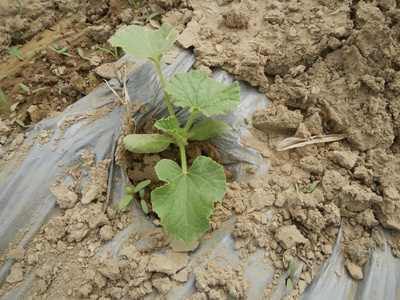
Melon (Cantaloupe/Musk melon)
Sweet-fleshed melons with aromatic aroma. Common summer crop in southern irrigation schemes—served fresh, sliced, or sold in local markets as a seasonal treat.
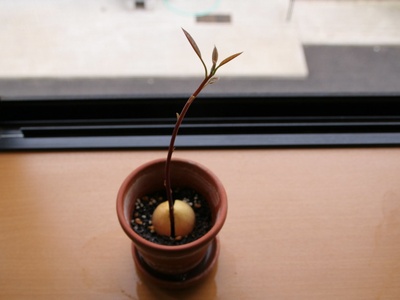
Avocado
Creamy, fatty fruit grown in home orchards and small farms. Eaten sliced, in salads, or mashed; increasingly popular for domestic consumption and small-scale trade.

Coconut
Hard-shelled tropical fruit along Somalia’s long coastline. Flesh and water used in cooking, drinks, and oil extraction; palms mark many coastal settlements and provide shade and income.
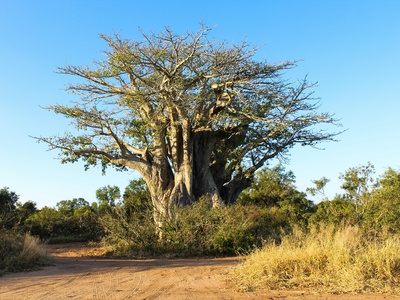
Baobab (fruit pulp)
Hard-shelled pods contain tangy, powdery pulp used traditionally for drinks, porridge, and nutrition. Foraged from wild trees; valued for vitamin C and drought resilience.
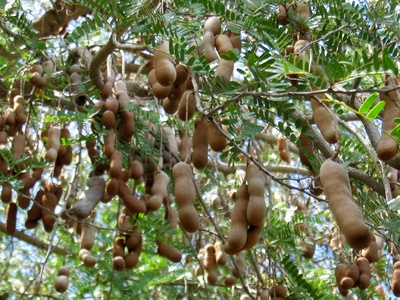
Tamarind
Sweet-sour brown pods used as a souring agent in drinks, sauces, and snacks. Trees grow in shade gardens and along roadsides; pulp is eaten fresh or processed into pastes.
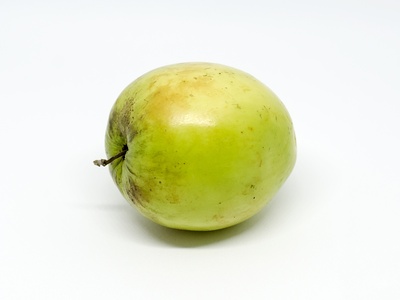
Jujube (Indian jujube)
Small, apple-like drupe with sweet to tart flesh. Widely grown in dry areas as a hardy fruit tree; eaten fresh, sun-dried, or sold in local markets.
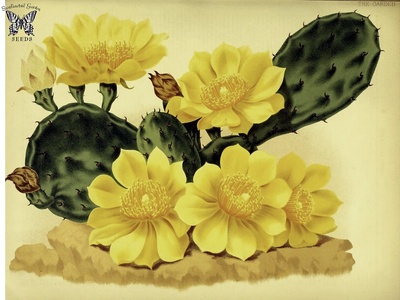
Prickly pear (Indian fig opuntia)
Flat-cushioned cactus bears sweet, seedy fruits eaten fresh after careful de-spining. Commonly foraged or grown as hedges; fruits sold in local markets where present.
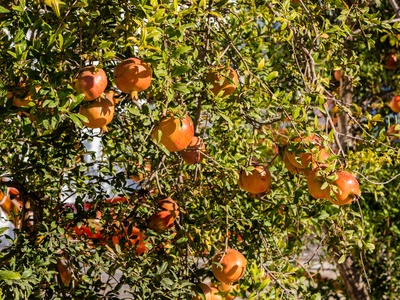
Pomegranate
Ruby-seeded fruit with sweet-tart arils. Grown in small garden plots, eaten fresh or juiced; valued for color and flavor in festive dishes and street sales.

Fig
Soft, honeyed fruits eaten fresh or dried. Common in household gardens and small orchards; figs are a traditional snack and sometimes sun-dried for storage.
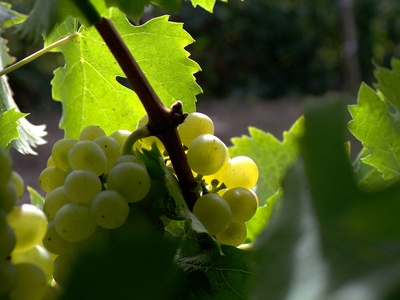
Grape
Small clusters of sweet or tart berries grown in household vineyards and on trellises. Eaten fresh, dried to make local raisins, or sold in markets where cultivation is practiced.
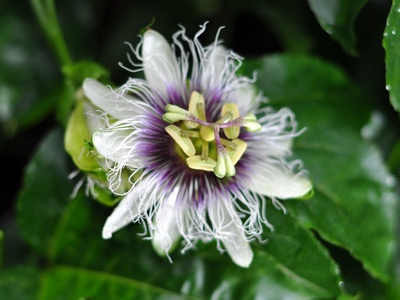
Passionfruit
Aromatic, seedy pulp with tangy-sweet flavor. Grown on trellises in gardens for fresh eating and juices; seeds are edible and often sold in markets.
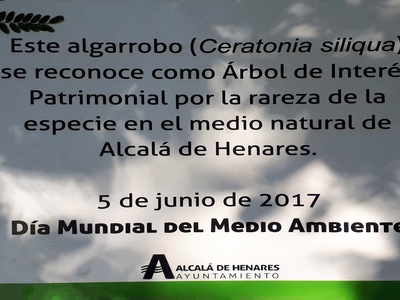
Carob (St. John’s bread)
Hard-shelled pods with sweet pulp sometimes chewed or used as a sweetener. Not a major crop but present in some dryland gardens and foraged locally.
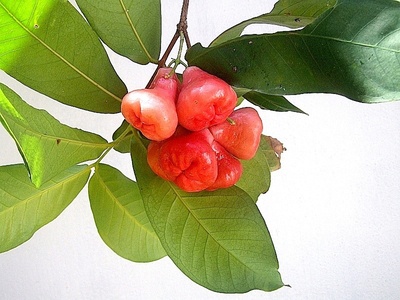
Rose apple / Syzygium
Aromatic, crunchy fruit with a floral fragrance. Grown in some home gardens and eaten fresh or offered to visitors; not widespread but recognized in local markets.
